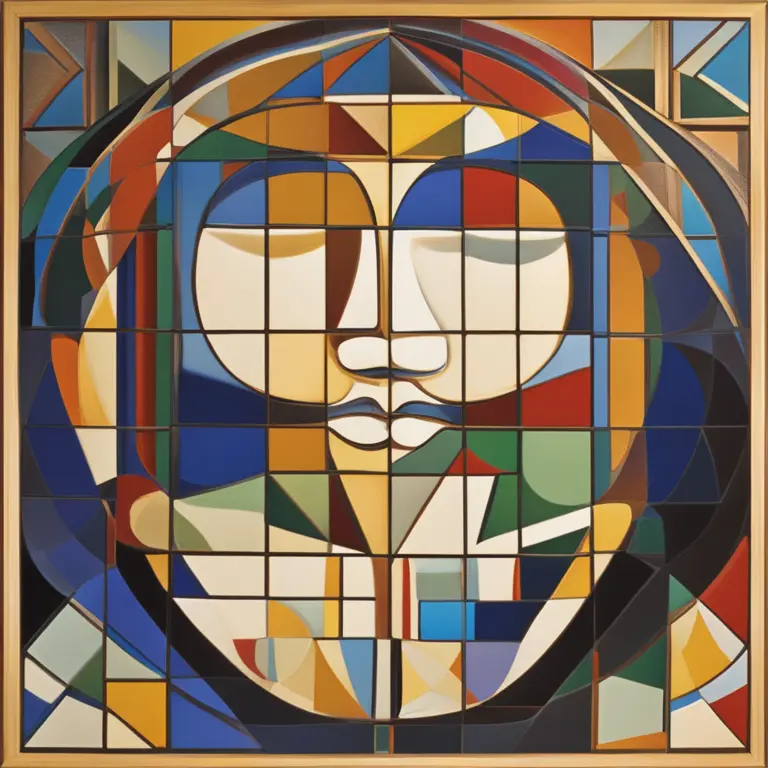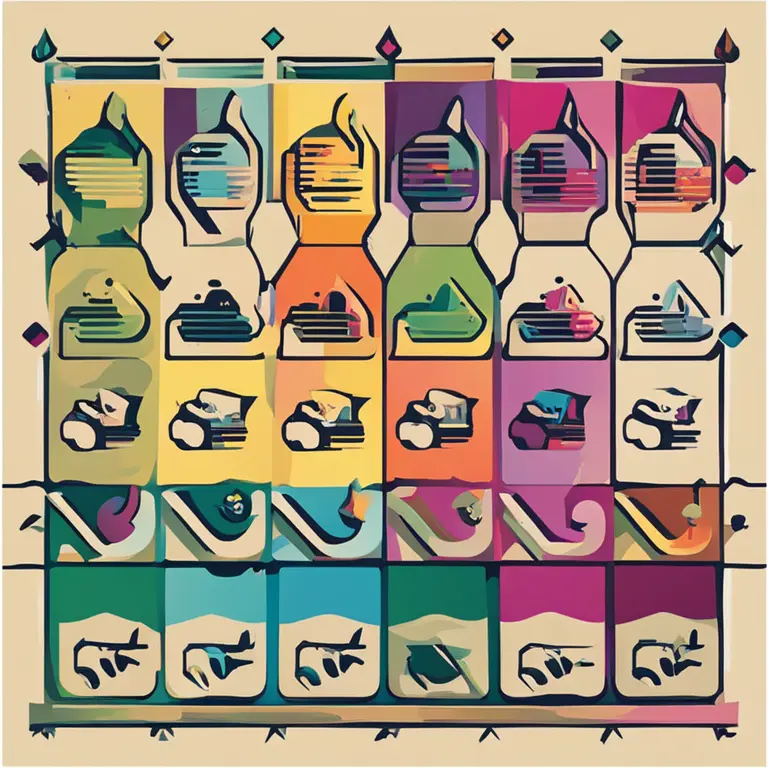
Exploring the World of Palmistry: A Guide to Hand Reading
Embark on a fascinating journey through lines and shapes as we delve into the art of palmistry with a comprehensive hand reading chart guide.
article by Nora Pennington
Introduction to Palmistry
Palmistry, an ancient practice believed to have originated from India, has traversed through centuries as a unique method of divination. This mystical art, also known as chiromancy or hand reading, suggests that our palms hold key insights into our personalities, life paths, and destinies. By analyzing the mounts, lines, and shapes of the hands, palmists interpret an individual's character and potential life outcomes. As we advance through 2024, the interest in esoteric arts has surged, beckoning many to discover the secrets etched within their hands.

The Major Lines of Insight
Hand reading emerges as a narrative composed of several vital lines, each narrating a different aspect of life. The heart line explores emotional affairs, expressing our capacity for love and the nature of our relationships. The head line, meanwhile, delves into the realm of intellectual pursuits and mental attitudes. The life line, potentially the most well-known, loosely represents vitality and life changes, contrary to the popular myth of dictating lifespan. Additionally, the fate line, which is not present on all hands, provides a glimpse into career paths and life direction, marked by its vertical rise toward the middle finger.

Assessing the Mounts
The mounts of the hand are equally telling as the lines. Named after celestial bodies, these fleshy pads reflect our inheritances and potentialities. The Mount of Venus, situated at the thumb's base, radiates insights related to love and sensuality. The other mounts, such as Jupiter, Saturn, Apollo (Sun), Mercury, and Luna (Moon), correspond to different facets of personality, such as leadership, discipline, creativity, communication, and intuition respectively. An elevated or pronounced mount indicates dominant traits, while flatter mounts suggest lesser influence or latent qualities.

Fingers and Philanthropy
Finger analysis isn't merely about lengths and sizes; it also involves imprints of character and destiny. Each finger, related to a different ancient god, holds specific significations. For example, a long Jupiter finger may indicate ambition and leadership qualities, while a pronounced Saturn finger might reveal a person prone to introspection and wisdom. Furthermore, the fingerprints—a dazzling array of loops, whorls, and arches—offer another layer to this intricate portrait, providing more depth and the imprint of individuality in the art of palmistry.

Timely Techniques and Tools
With advancements in technology, palmistry in 2024 and the future integrates modern tools. Apps equipped with hand scanning capabilities can provide initial readings alongside a professional's expertise. Meanwhile, discussions around palmistry are enriched with new findings related to dermatoglyphics (the study of skin patterns and ridges) and their psychological associations, offering a fusion between old wisdom and contemporary science.
The Evolving Landscape of Interpretation
Hand reading today respects individual interpretation and acknowledges that the hands are mirrors of our evolving selves. As with any ancient art making its voyage into the digital age, palmistry absorbs fresh perspectives while retaining its core principles. It challenges practitioners and enthusiasts alike to find the balance between established traditions and the burgeoning social and scientific understanding that each year brings forth.
Published: 1/11/2024
Modified: 1/12/2024
More predictions
Come back here soon to learn more about yourself and your future


The Possibility of Palmistry in Cancer Detection
Examining the claims that palmistry holds any potential in identifying the risk of cancer: a deep dive into the world of mysticism and medicine.


The Essence of Palmistry: Interpreting Lines and Shapes
Delve into the world of palmistry to discover the meanings behind the lines and shapes etched into the palms of your hands.


The Efficacy of Palmistry: Real Insight or Fancy?
Delve into the validity of palmistry as a form of divination. Is there a truth behind the lines on our palms, or is it just a charming fancy?